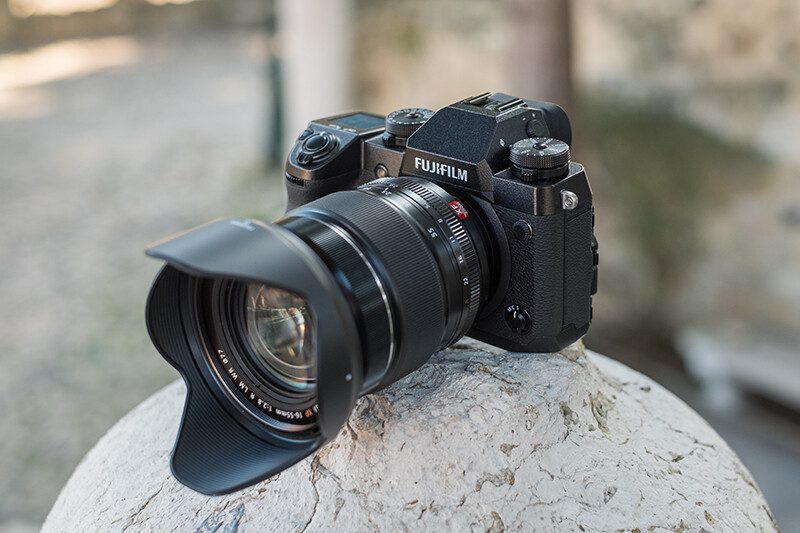Photography Cameras
Traditionally in dentistry we have used DSLRs, these are the digital equivalents to the old school 35mm SLR cameras from the 1960’s and 70s. These cameras have a moving mirror that allows he viewfinder to see through the same lens as the camera sensor. The noise this type of camera makes is ion part the flipping of the mirror out of the way of the light coming from the lens. These types of cameras are well established and well understood, they are reliable and durable, although the movement of the mirror eventually means they were out, as the mechanism is mechanically flipped each time a photo is taken. this is what the actuation count means when people discuss DSLR camera bodies.
There is now a new type of camera body available, that is a mirrorless DSLR, these types of cameras have been available fro a while now and are slowly growing in popularity. The big end fit of a mirrorless camera body is that there is no moving mirror and so they should have no internal mechanical wear like traditional DSLR cameras with mirrors. The other big benefit to mirrorless camera bodies is that because of the lack of the mirror they are physically smaller than equivalent traditional mirror based DSLRs.
So with the benefits of mirrorless cameras mentioned above why do so many people still use traditional DSLR type cameras, especially professional photographers. The answer is very simple. The lenses for traditional DSL cameras are just better quality. This is slowly changing,. But currently if you want the best imager quality possible then you still really need a traditional DSLR type camera. However that being said the newer Sony mirrorless full frame bodies are now becoming more and more popular for professional use. The problem is not so much with the camera bodies but with the available lenses for mirrorless cameras.
The other rather perverse thing from a consumer point of view is a that lenses for the new smaller mirrorless DSLR cameras tended to be more expensive and not perform quite as well as their equivalents for traditional DSLR cameras. I am sure in the future that we will all be using mirrorless based cameras, for now the lens issue is the main drawback of moving across. For most purposes really most people will not see the difference in quality but for professional use there is still a real hurdle for mirrorless lenses to cross.








Leave A Comment
You must be logged in to post a comment.